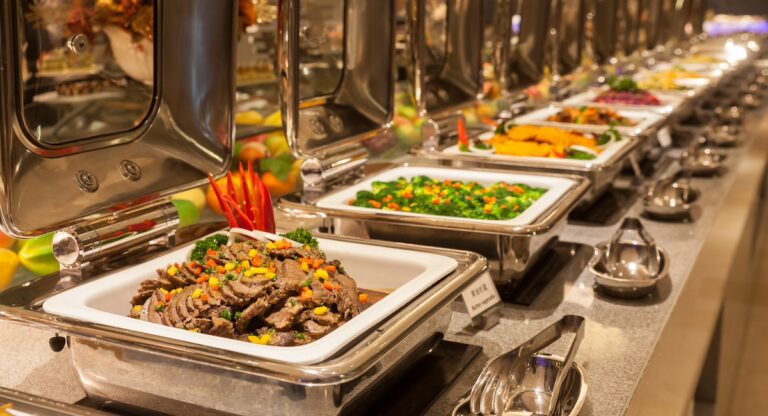I spent a lot of this week researching, so I could do a little myth-busting about common French stereotypes. There are quite a few of them out there, but I think I narrowed it down to a solid list. (Let me know if there are any I missed! Email me at [email protected].)
Anyway, while I was breaking down the stereotype that French people never work (gotta love those month-long vacations to the South of France in summer), I uncovered a bit of cool history. I’d known that it’s illegal to eat lunch at your desk in France (more specifically, that it’s illegal to eat lunch at your place of work), but I hadn’t known the origins of this law.
Around the end of the 19th century, when many French people worked in factories, it became common to bring your lunch to work and take your lunch break on the factory floor, instead of stopping home for the midday meal. But these factories were teeming with germs, and these lunch breaks posed a major health hazard. So, in 1894, it was decreed that eating where you worked was interdit (forbidden). The idea was that getting people out into the fresh air, and airing out the factories while they were gone, would prevent the spread of diseases like tuberculosis. And it worked!
But a lot of people actually hated this law at the beginning—particularly women, who complained that eating outside left them vulnerable to street harassment. These lunch breaks actually contributed to the development of a particular stereotype of working women in France: midinettes, the seamstresses who worked in the couture houses of Paris. These French women were emblematic of Belle Époque Paris, and became a fixation of French media. They were characterized as flirty and frivolous fairies who would rather go shopping on their lunch break than eat, and these lunch breaks put them out in public to be gawked at and stereotyped, when just a couple decades before they would have been confined to the home or the factory.
Despite their decidedly unserious reputations, the midinettes would go on to organize and strike for better working conditions, winning many victories for women in the French workforce. In many ways, their enforced lunch breaks brought French working women and their needs in front of the public eye.
Out of office lunch breaks also contributed to Paris’ famed café culture. The wide Haussmannian boulevards that changed the face of Paris in the mid-19th century created space for café terraces where people could spill out into the street while enjoying a coffee or a meal. But if the French workforce had never been pushed out into the streets at lunchtime, these cafés wouldn’t have the all-day buzz that makes the city feel so alive (and makes people-watching in Paris so good).
Over time, French workers (men and women alike) grew to love their lunch breaks, enjoying long meals at Paris’ famous bistros, perhaps even with a cheeky glass of wine before going back into the office.
But then another health crisis, more than a century after the first, almost destroyed this sacred French tradition: the COVID-19 pandemic. In 2021, after some offices had reopened post-confinement, the law forbidding workers to eat at their desks was paused. The idea was that keeping workers in the office would prevent them from potential exposure to the virus. Some even called to make the pause permanent. But the French government decided against it, and workers were asked to leave their desks again in 2022.
The celebrated French lunch break, which keeps morale high and provides a vital midday break from the mundanity of the office, was simply too culturally important to get rid of. And a grand French tradition continues.
Ciao,
Catherine Rickman
Managing Editor, frenchly.us
Stay in touch! I’d love to hear from you: [email protected].






